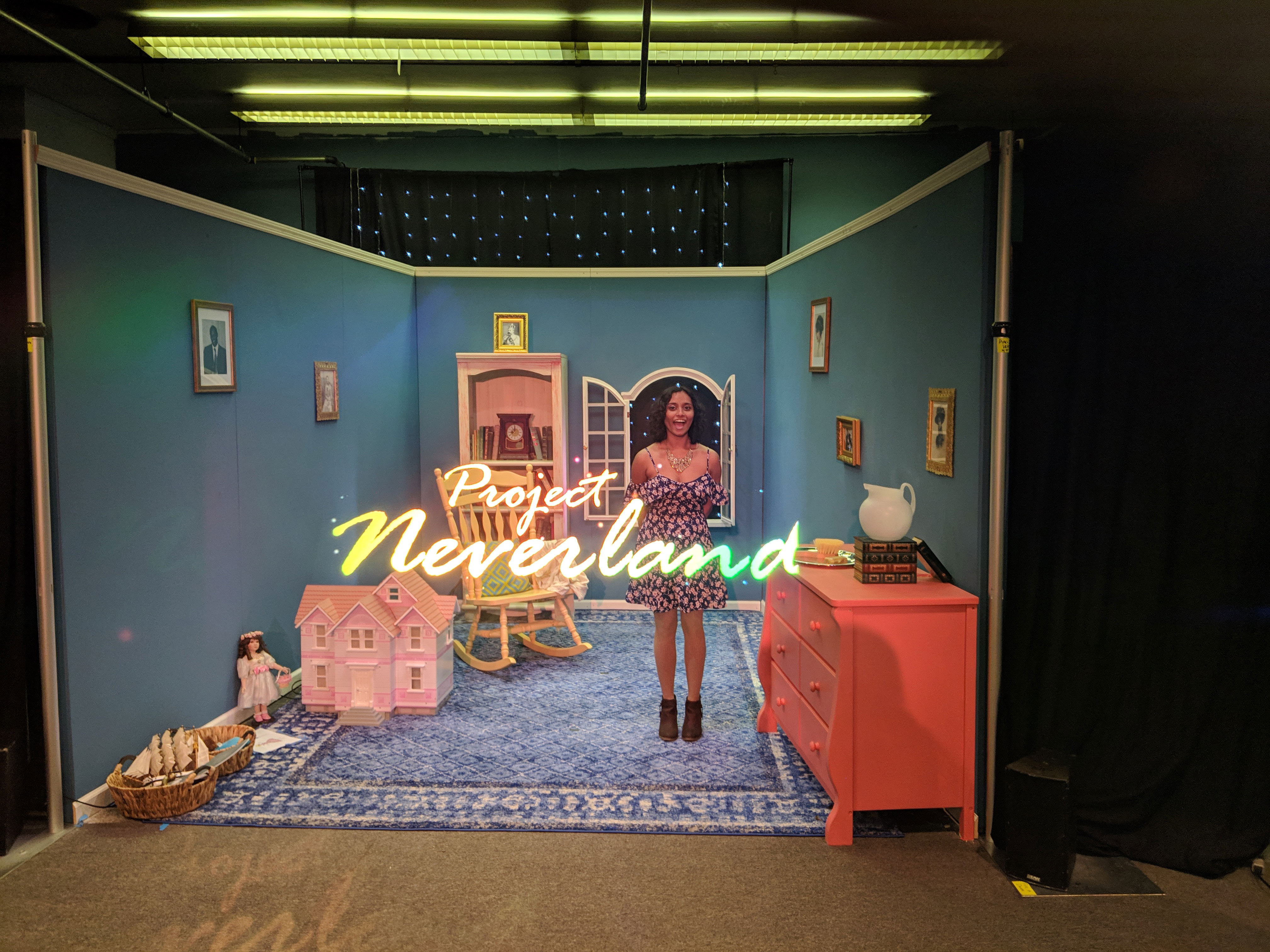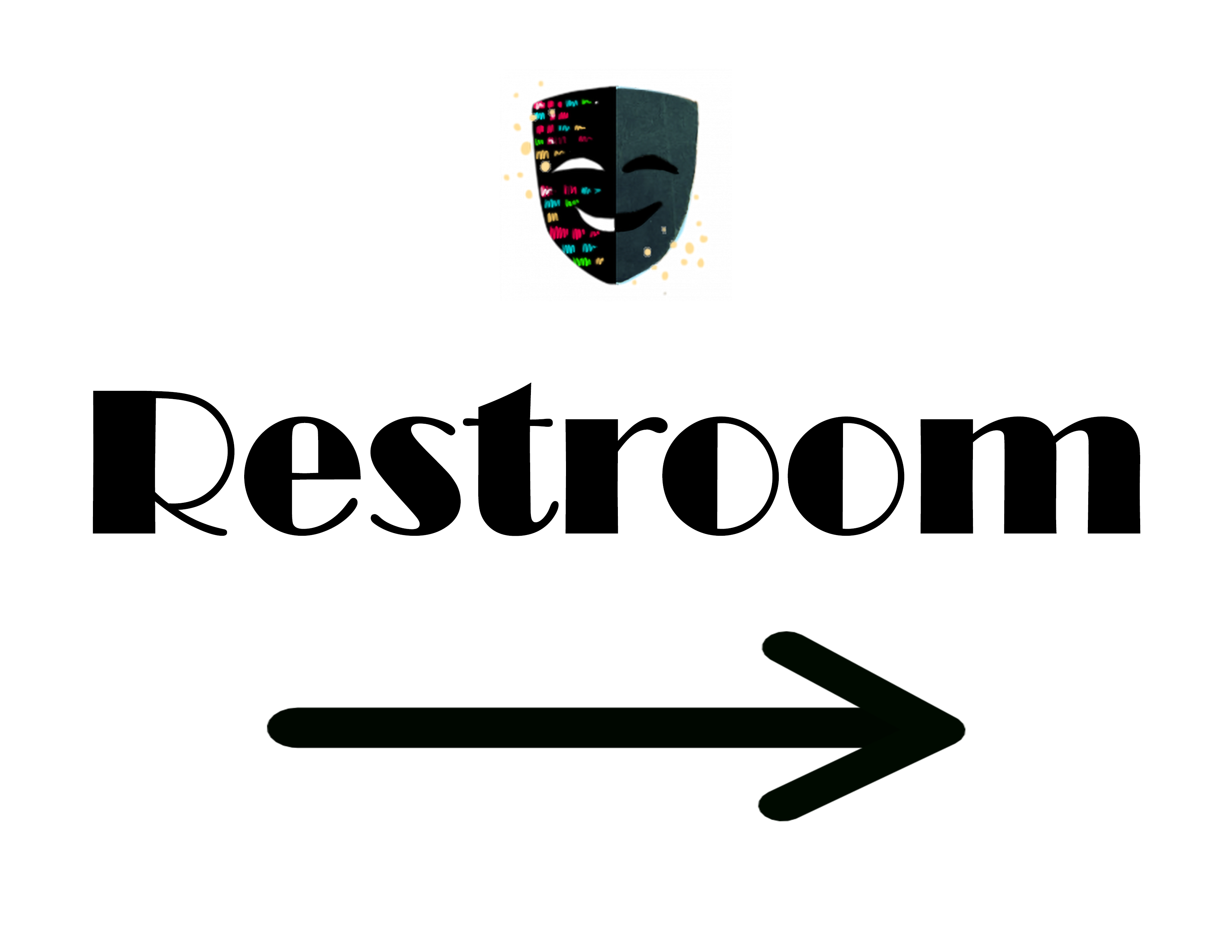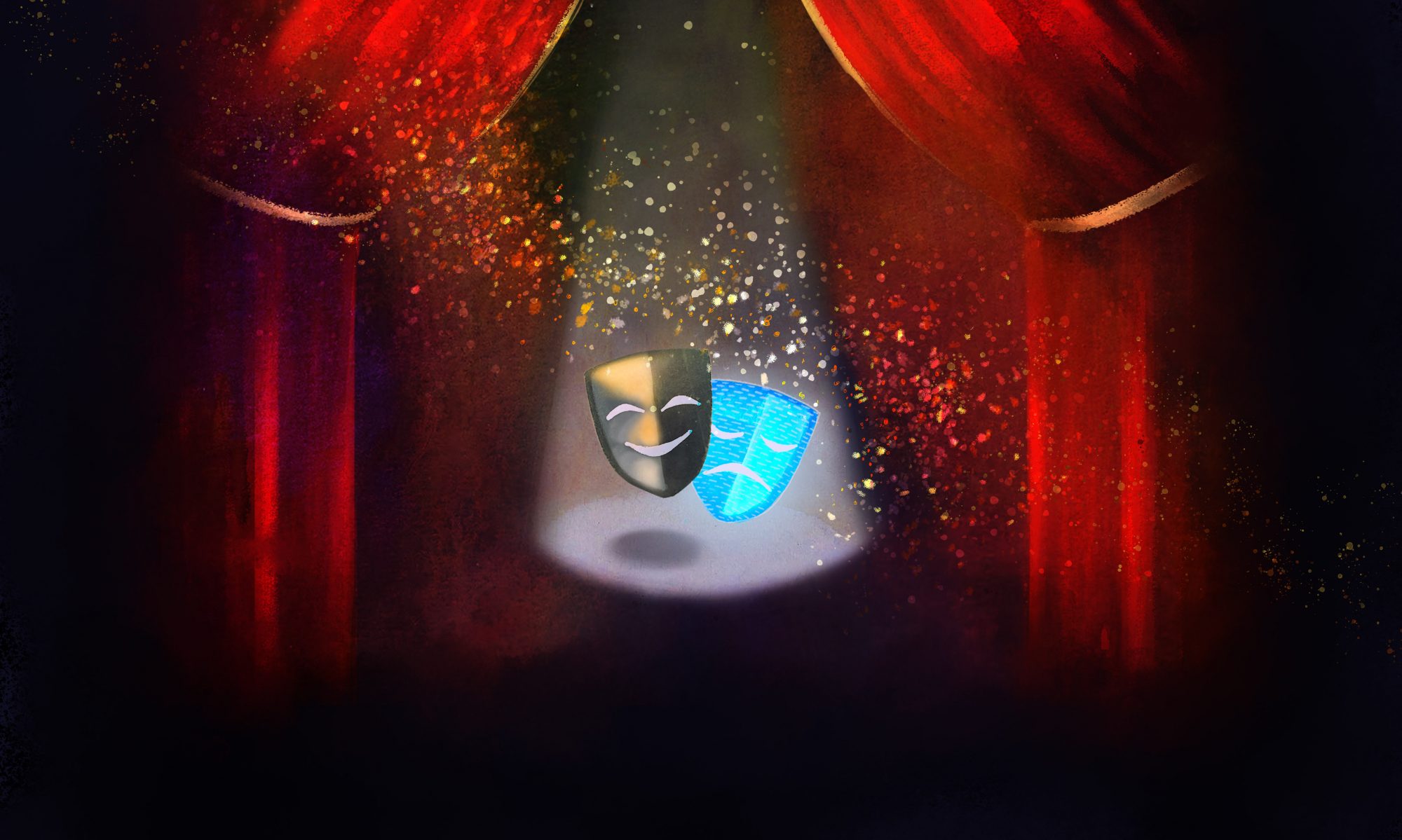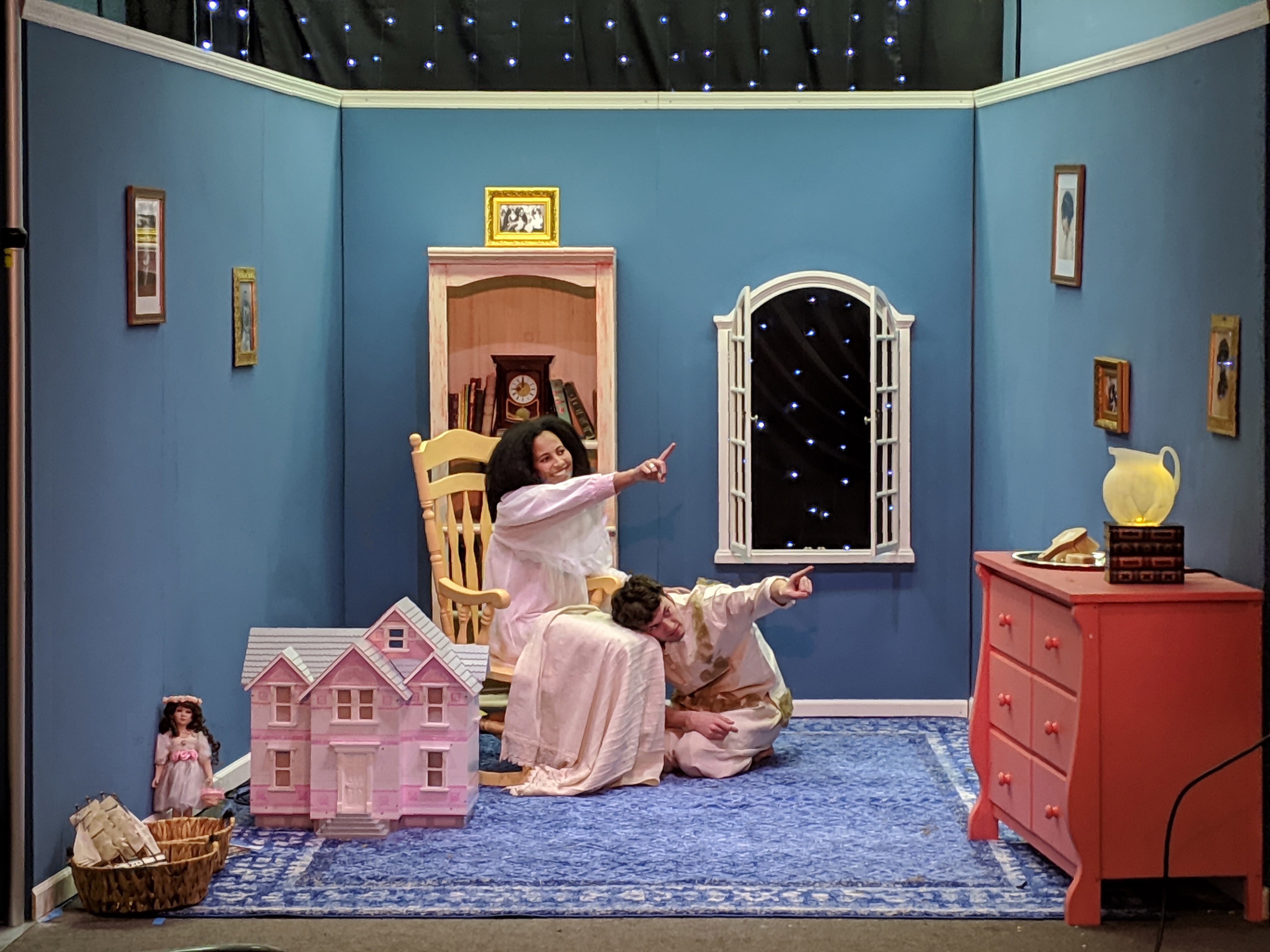



The show must go on! It’s a hoary chestnut of a showbiz phrase (as well as a mediocre Queen song), but it’s something we’ve been saying all throughout this process as a reminder to ourselves—despite whatever technical challenges we were facing or obstacles that seemed insurmountable, all of work would have been in vain if we weren’t able to present the performance to an audience.
And the show did indeed go on! We had 15 public performances of “Project Neverland,” and we received very encouraging reviews. One of our professors even brought his 5-year-old daughter who had her first experience with the HoloLens and loved it! It’s gratifying moments like those that warm our hearts and remind us that we are laying the foundation for the future of this kind of tech-enhanced performance.
Was everything perfect? Far from it. The clicker reliability issue was never solved; we simply learned to work around it; kudos to Will and Amara who figured out how to improvise during the spots where Tink wouldn’t respond to her next cue. The HoloLenses were not 100% reliable themselves; infrequently they would disconnect from the network and would have to be reset for the next performance. And depending on where each audience member was sitting, the holograms appeared to be in slightly different positions, thus occasionally breaking immersion depending on the effect we were trying to achieve.
But those are all quibbles. There were enough magical moments—whether it was Tink disappearing into and lighting up a dollhouse, flying into the window, or looking Peter right in the eye as they had a conversation—that justified the work we did and proved that AR has a role in the future of live theater. Eventually the hardware will mature, shrink, get more comfortable, and have a more capable battery. We also know a lot more about how holograms are rendered at a distance. Those that come after us (and perhaps ourselves one day, if we’re lucky enough to get the chance) will be better off for the work we did here, having pioneered and experimented as we did.
From all of us at Team TheatAR, thank you for reading this entries and joining us on our crazy journey to bring a dream to life. We’ll see you next time at the theater!

